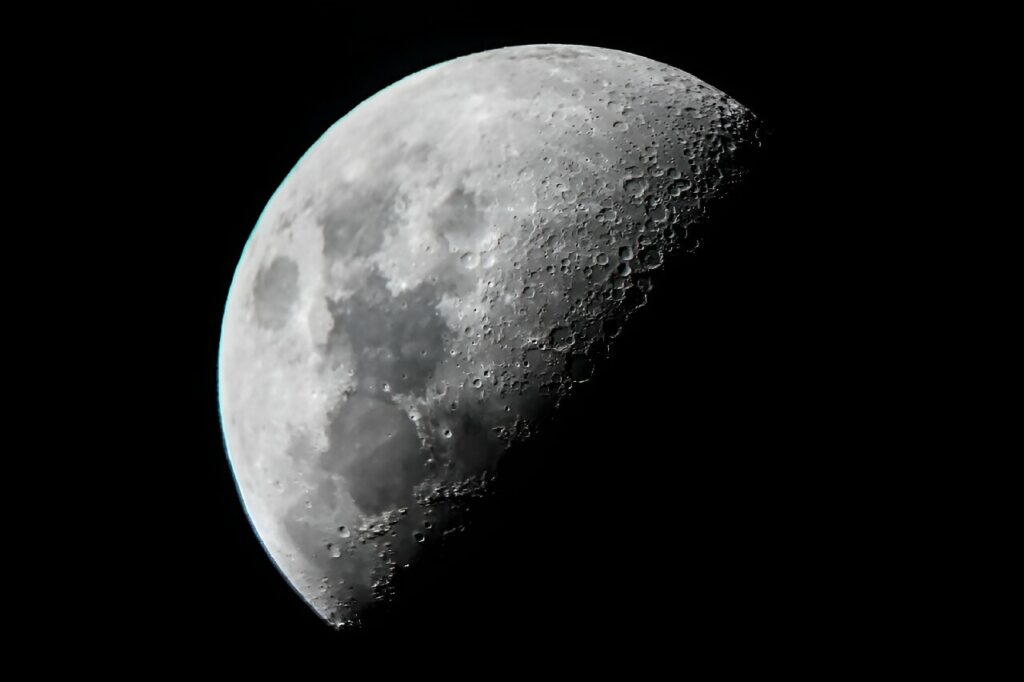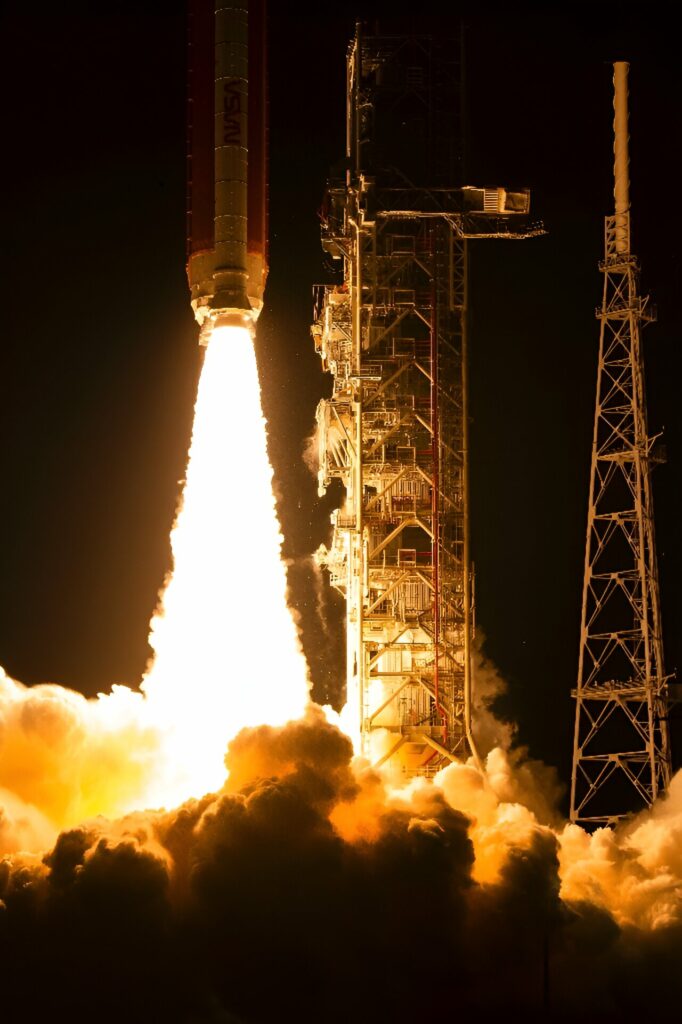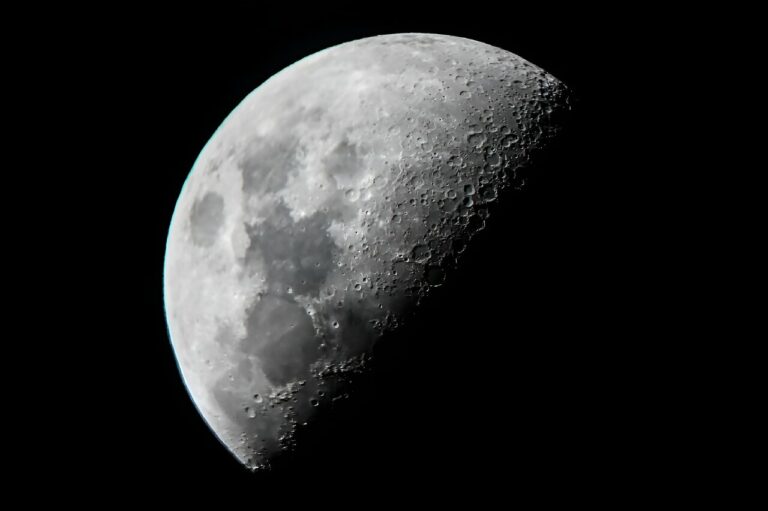A Giant Leap Forward: Intensifying Competition in the Moon Race
Russia’s lunar lander launch on Friday is part of a global effort to return to the Moon, involving major world powers as well as emerging players. The pursuit of lunar exploration involves a combination of technology, science, and politics.One notable player in this race is China, which aims to send a crewed mission to the Moon by 2030 and establish a lunar base. As the world’s second-largest economy, China has allocated significant funds to its space program, which is operated by the military. This investment is driven by a desire to catch up with the United States and Russia in space exploration.
China has already achieved significant milestones in its space program. In 2003, it became the third country to successfully launch humans into orbit. The Tiangong space station is considered the centerpiece of China’s space endeavors, and the country has also successfully landed rovers on both Mars and the Moon.In 2019, China’s unmanned Chang’e-4 rocket made a historic landing on the far side of the Moon. Subsequently, another robotic mission planted the Chinese flag on the near side of the Moon in 2020. This mission also brought back rock and soil samples to Earth, marking the first time this had been accomplished in over forty years.

NASA’s Artemis
NASA’s Artemis 3 mission, scheduled for 2025, aims to bring humans back to the Moon. This mission will mark a significant milestone as it includes the first woman and first non-white astronaut. The Artemis program, initiated by NASA, involves a series of missions that will progressively increase in complexity. The ultimate goal is to establish a sustained presence on the Moon, enabling the development and testing of technologies crucial for future missions to Mars.The first mission, Artemis 1, successfully completed an unmanned spacecraft flyby around the Moon in 2022. Following this, Artemis 2 is planned for November 2024 and will involve a crewed mission with astronauts on board.
NASA views the Moon as a crucial stepping stone for future Mars missions. In line with this vision, NASA has partnered with Finnish mobile company Nokia to establish a 4G network on the lunar surface.However, NASA recently announced that the Artemis 3 mission’s ability to land humans on the Moon is contingent upon the readiness of certain key components, including SpaceX’s landing system. The landing system, based on a version of SpaceX’s prototype Starship rocket, is still in the developmental stage and not yet fully prepared.In April, an orbital test flight of the uncrewed Starship resulted in a dramatic explosion, highlighting the challenges and complexities involved in the development of such advanced technologies.

Russia’s Luna
Russia’s upcoming launch of Luna-25 on Friday signifies a significant milestone as it will be their first mission to the Moon since 1976. This momentous event also marks the initiation of Moscow’s new lunar project. In light of the strained relations with the West due to the invasion of Ukraine in 2022, President Vladimir Putin aims to enhance space collaboration with China.
New players
The cost of missions has been significantly reduced due to recent technological advancements, which has paved the way for new participants from both the public and private sectors to engage in space exploration. In August, India’s most recent space mission, Chandrayaan-3, successfully entered the Moon’s orbit, setting the stage for the country’s second lunar landing attempt later this month. However, reaching the Moon is a challenging endeavor, as demonstrated by the unsuccessful lunar landing of Israel’s Beresheet lunar lander in 2019. Similarly, Japan’s ispace also faced failure in their historic endeavor to place a private lunar lander on the Moon in April of this year. Nonetheless, there are still two US companies, Astrobotic and Intuitive Machines, scheduled to make their attempts later this year.
This article is republished from PhysORG under a Creative Commons license. Read the original article.
Do not forget to share your opinion with us to provide you with the best posts !




0 Comments